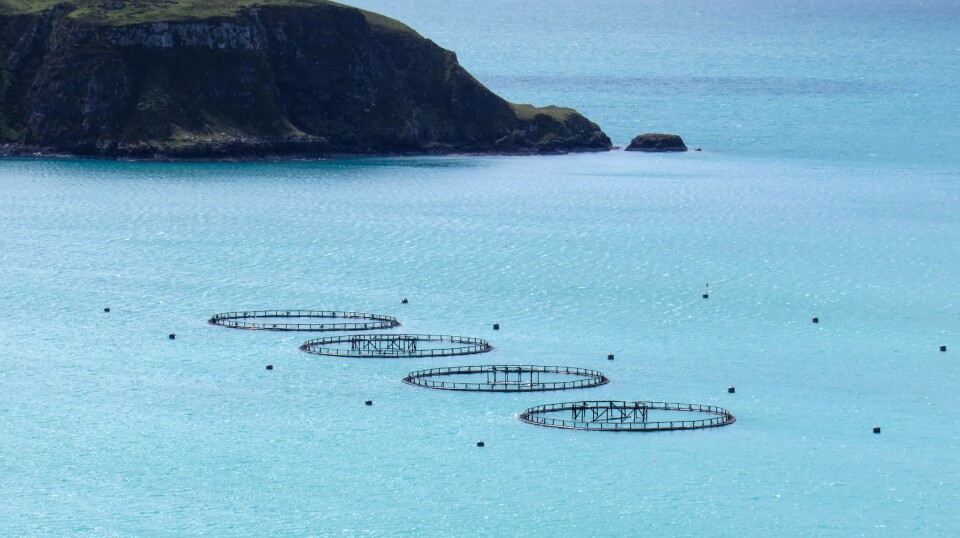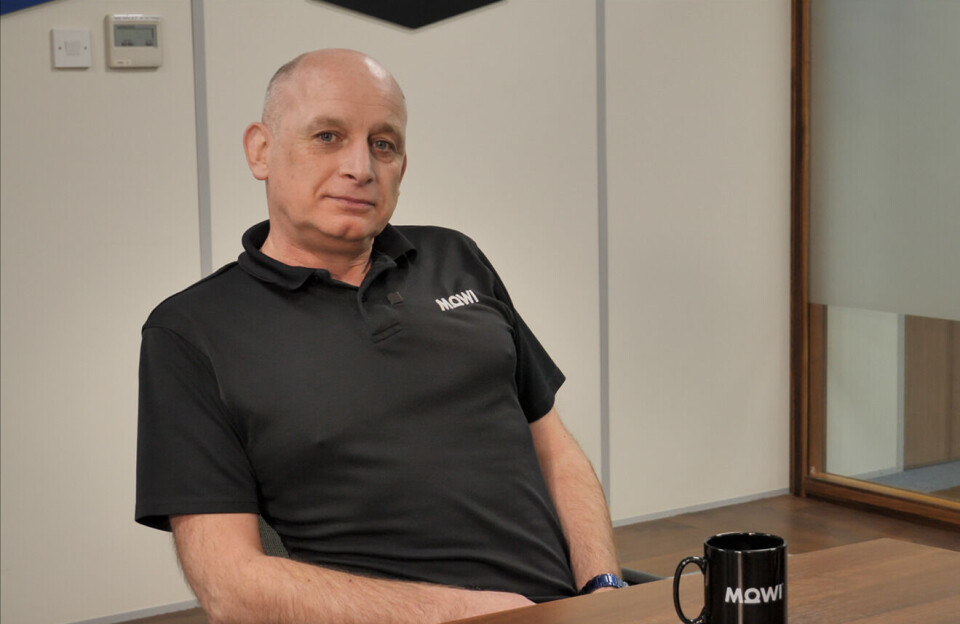
Environment watchdog evaluates faster and cheaper seabed testing technique
E-DNA monitoring set to replace labour-intensive microscope method of checking health of sediment-dwelling animals under and around Scotland's fish farms
A new environmental-DNA (eDNA) approach for monitoring the seabed conditions around marine fish farms could significantly speed up the assessment of sediment samples, enabling salmon producers and the Scottish Environment Protection Agency (SEPA) to gather timely, accurate information to demonstrate environmental impact and recovery.
Marine benthic
invertebrates are essential for maintaining the natural ecosystem, helping to
process biomass and protect the health of farmed and wild fish. These
sediment-dwelling animals can also act as bioindicators of the effects of human
activity on seabed health. Because of this, they are monitored by SEPA and
operators of marine fish farms to ensure that farms are operating sustainably.
Previously, benthic
monitoring relied on scientists painstakingly picking out all the invertebrate
animals from samples of seabed sediments and then identifying each animal with
the aid of microscopes. However, the process can take up to three days for a
single sample and estimates suggest that it is costing the aquaculture sector
up to £1 million per year.
Metabarcoding
An alternative, faster and more cost-effective process is now available, drawing upon DNA techniques first used in human forensics to identify the organisms present in sediment samples. Scientists have used metabarcoding – a technique that cross-references samples against a sequence database to identify different species - to identify thousands of bacterial species simultaneously.
After gathering a
sample, the bacteria present in the sediment is first characterised using DNA,
with a machine learning model then applied to predict the health of
invertebrate community based on the bacteria. The Infaunal Quality Index (IQI) – a well established ecological quality benchmark – is then used to
classify the health of the invertebrate community.
Following an extensive six-year project, samples analysed using the new method are now being presented to SEPA for validation, with an open-source toolkit and standard operating procedures also being created for anyone in the sector to use.
The research was
supported by the Sustainable Aquaculture Innovation Centre (SAIC), Institute of
Biodiversity and Freshwater Conservation at UHI Inverness, SEPA, University of Kaiserslautern in Germany, salmon farmers Mowi Scotland and Scottish Sea Farms, sector trade body Salmon
Scotland and lead research partner, the Scottish Association for Marine Science
(SAMS).
A critical task
Stephen
Macintyre, head of environment at Mowi Scotland, said: “Demonstrating good environmental
performance at our sites is critical, both for our customers and for compliance
reasons. At the moment, we sample the
seabed followed by sieving and sorting sediment to identify species, but it is
a time-consuming, labour-intensive process that hasn’t been updated for 30
years or so.
“As an
alternative, the DNA-based approach will enable us to understand our
environmental performance much quicker, almost in real time, and take action
where required to improve the environmental picture. Environmental DNA is
already widely used elsewhere for nature-based assessments and also has the
potential to be applied to assess the wider marine biodiversity that exists around
our fish farms. The practical outputs from this project are very promising, and
we are now in talks with SEPA about integrating DNA-based compliance
assessments into our site monitoring programme.”

Technical components
of the research, including DNA sequencing, data analysis and statistics, and
the development of a machine-learning algorithm to predict the IQI of samples
based on their bacterial characterisation, were independently reviewed by
Biostatistics Scotland.
Years in the making
Sarah Riddle, director of innovation and engagement at SAIC, said: “This project has been years in the making and it is great to see the results of a long-term collaboration between the sector, academia, and regulators having the potential to transform a key aspect of aquaculture monitoring. E-DNA sampling could provide widespread benefits to both the aquaculture sector and its regulators, with potential for this approach to be adopted across the globe by seafood producing nations. Armed with data, producers can be better informed to make decisions around key environmental and fish health factors influenced by the seabed.”
Peter Pollard,
head of ecology at SEPA, said: “The MeioMetBar Project has been an
important and successful collaboration. It is truly the beginning of a step
change in our ability and that of fish farm operators to cost-effectively
assess, manage and regulate the effects on seabed life of fish farm discharges
and so help protect the health and biodiversity of Scotland’s seas.
“The research is
an example of the rapid innovation now taking place in more efficient and
effective ways of monitoring the environment. Work is already under way to
expand and enhance the capabilities of the method developed by the project,
with the next-generation method expected to be available in 2025.”























































